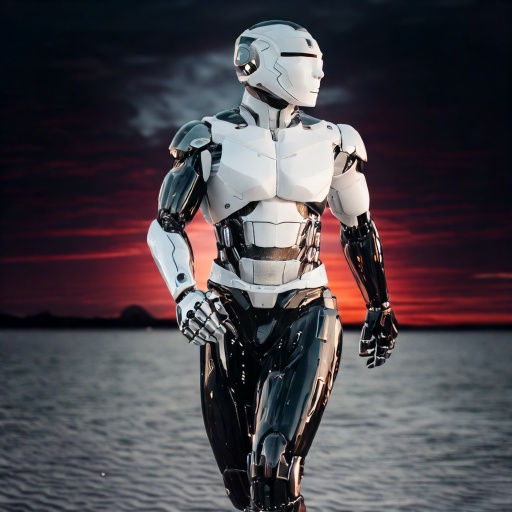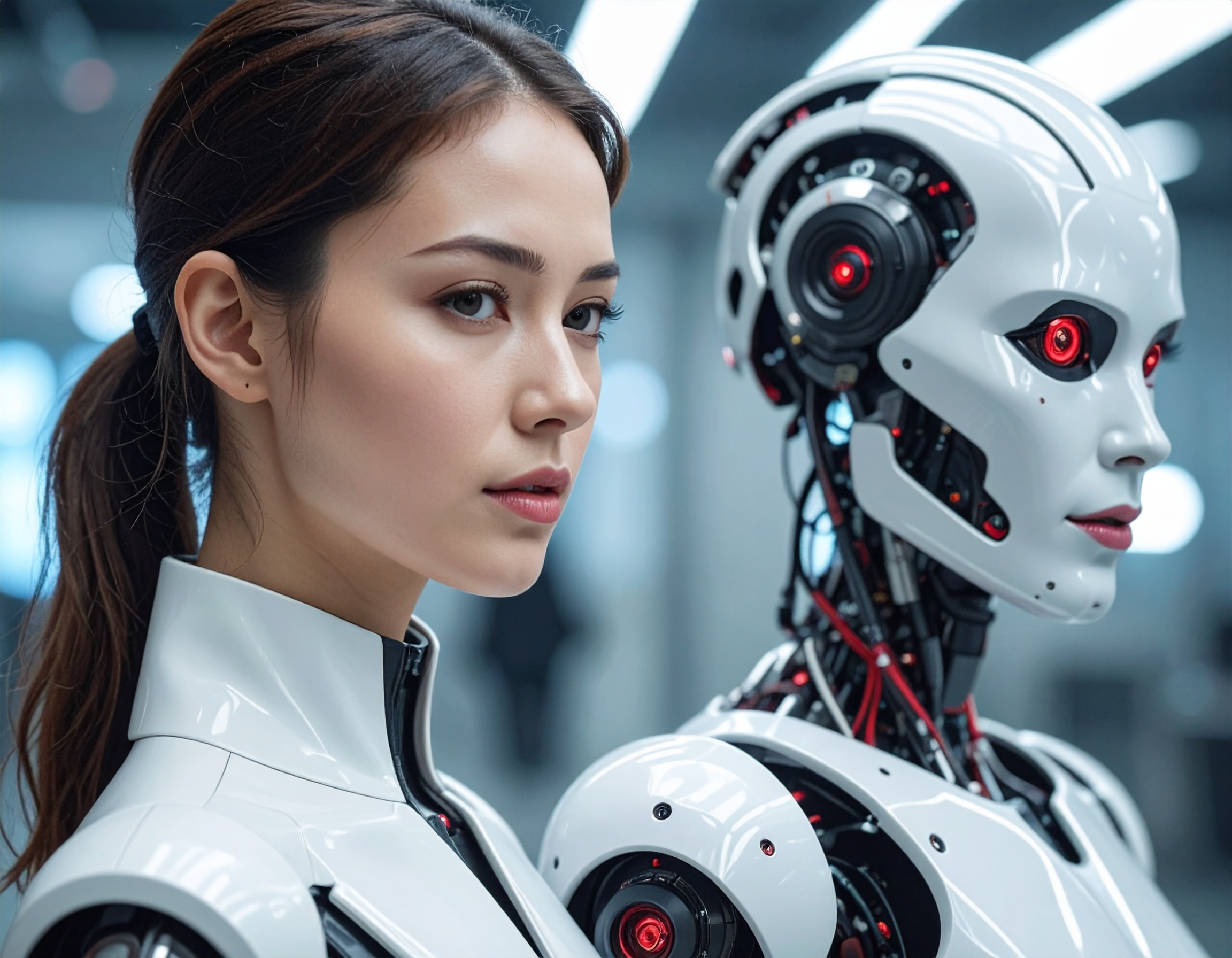Digital Employees Hit the Track: Humanoid Robots Compete in Beijing Half Marathon

Humanoid Robots Join Human Runners in Historic Race
On April 19, 2025, the streets of Beijing’s Yizhuang district became a stage for a groundbreaking event in both sports and technology. For the first time ever, 21 bipedal humanoid robots—referred to as “Intelligent Agents” and “Digital Employees”—participated in a half marathon alongside 12,000 human athletes. This unique blend of man and machine marked a major step in showcasing the evolving capabilities of robotics in real-world environments.

How the Robots Performed
Developed by tech firms including DroidVP, Noetix Robotics, and the Beijing Humanoid Robot Innovation Center, the robots demonstrated both potential and limitations. Only 6 of the 21 robots managed to complete the full 21.1-kilometer course. The most successful entry, a robot named Tiangong Ultra, crossed the finish line in 2 hours and 40 minutes.
Despite these successes, challenges were apparent:
- Some robots overheated under the pressure of extended physical activity.
- Others tripped or lost balance and had to be helped by human assistants.
- Most required external monitoring and mid-race maintenance.
These technical hiccups revealed that while humanoid robots are making strides, true independence in complex tasks is still a work in progress.

Why This Matters: China’s Vision for Non-Human Workers
This marathon wasn’t just a publicity stunt—it’s part of a broader national strategy. Facing a shrinking workforce and an aging population, China is accelerating investments in robotics and AI. Events like this are intended to normalize the idea of “Non-Human Workers” contributing in various fields, from healthcare to logistics, and now even athletics.
The goal is to develop Digital Employees capable of working side-by-side with humans—or even replacing them in labor-intensive roles—helping maintain economic momentum in the face of demographic shifts.

The Road Ahead for Intelligent Agents
While the Beijing half marathon demonstrated that humanoid robots can function outside of labs and factories, it also highlighted the barriers yet to be overcome. Durability, balance, power efficiency, and autonomy remain key areas of focus.
Still, this event is a milestone. It’s a clear sign that the age of Intelligent Agents is no longer science fiction—it’s running right beside us.
Key Highlights:
- First-Ever Participation: 21 bipedal humanoid robots ran alongside 12,000 human athletes in a half marathon (21.1 km).
- Top Performer: Robot Tiangong Ultra completed the race in 2 hours and 40 minutes, the fastest among robots.
- Completion Rate: Only 6 out of 21 robots finished the race; others faced overheating, falls, and technical issues.
- Developers Involved:
- DroidVP
- Noetix Robotics
- Beijing Humanoid Robot Innovation Center
- Significance: Part of China’s effort to develop “Digital Employees” and “Non-Human Workers” amid a shrinking labor force and aging population.
- Technical Challenges:
- Robots struggled with balance and endurance
- Required external monitoring and occasional human help
- Global Impact: This event showcases China's leadership in real-world AI and robotics integration and sets the stage for future applications of intelligent agents in society.
Reference:
https://edition.cnn.com/2025/04/19/world/video/robots-humans-half-marathon-beijing-digvid


